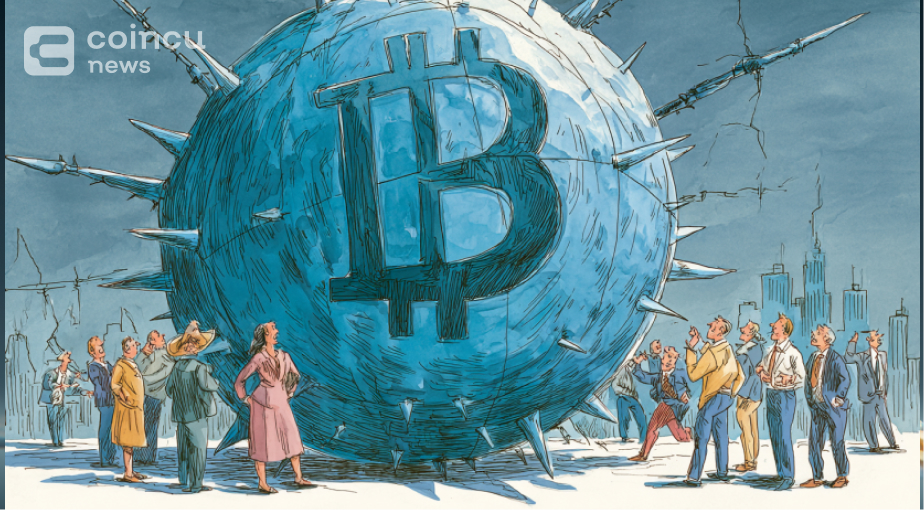Chainlink CCIP and XSwap Enable Mastercard Cardholders to Enter the On-Chain Economy
A new collaboration between payment giant Mastercard and a clutch of Web3 infrastructure teams, Chainlink, Swapper Finance and execution-layer specialist XSwap, aims to make it far easier for traditional cardholders to move value directly into the on-chain economy. The partners say the work will connect Mastercard’s global payments network, which serves more than 3.5 billion cardholders, to on-chain swaps and decentralized finance rails.
XSwap set the tone on social media, writing that “connecting the world’s largest payment network to the on-chain economy takes more than vision. It takes proven infrastructure,” and that the coalition will “make the bridge from traditional payments to Web3 a reality.” The company highlighted its role in powering secure on-chain execution within Swapper Finance, a step it says will enable onboarding for the cardholder base Mastercard supports worldwide.
Chainlink, which provides oracle and cross-chain services used broadly across decentralized applications, reinforced the announcement by calling out XSwap’s execution layer and the use of Chainlink’s CCIP. According to Chainlink, XSwap converts validated payment data into on-chain swaps “powered entirely by Chainlink CCIP,” a mechanism intended to securely carry payment validations and instructions between off-chain systems and smart contracts.
Taken together, the tweets describe a technical pipeline: cardholder payment data validated by payment rails is handed off into an execution layer that can atomically trigger on-chain swaps, with Chainlink’s cross-chain infrastructure providing the connectivity and security guarantees required to move between these worlds. While the partners did not publish a full technical whitepaper in their posts, the messaging signals a focus on secure, audited execution and scalability as prerequisites for mainstream payments entering DeFi-like environments.
Web3 Meets Mainstream Payments
For Web3 proponents, the announcement is significant because it addresses a persistent friction point: getting fiat payment instruments to interact reliably and securely with decentralized protocols without compromising user experience or regulatory expectations. If executed as described, merchants and services that rely on card payments could, in principle, trigger instant on-chain settlement flows or swaps without forcing users through cumbersome custody or bridge steps, a move that could accelerate everyday consumer access to tokenized assets.
Skeptics will watch for technical and regulatory details: how cardholder data is tokenized and protected, what validators and attestations are required, and how liability and chargebacks are handled when payment rails intersect automated on-chain logic. The partners’ tweets are the opening public signal of the project; further disclosures, including technical specifications, pilot partners, timelines and compliance guardrails, will be needed before the industry can meaningfully assess operational readiness.
For now, the collaboration is a notable example of major payments infrastructure and Web3 middleware aligning around the same objective: making it simpler and safer for everyday payment methods to interact with decentralized finance. The teams involved have posted initial notices on their official channels; observers and industry participants will be watching for more detailed updates as pilots and integrations roll out.
You May Also Like

Change “Waiting for Overnight Surges” to “Daily Deposits”—TALL MINER · 2025: Using Cloud Computing Power to Transform Volatility Into Your Second Cash Flow

BTC Leverage Builds Near $120K, Big Test Ahead
